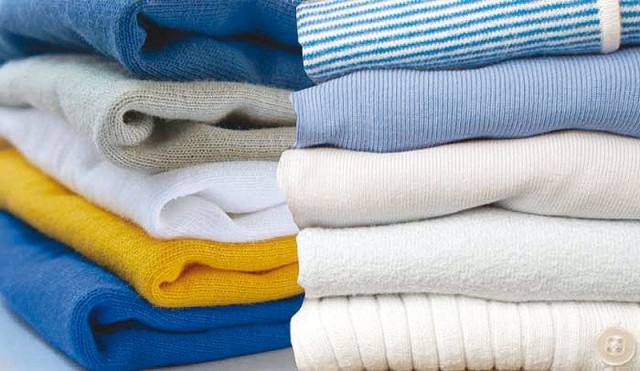5 storage tips for summer essentials
Giving you self-storage tips about packing up summer clothing and swapping it with winter essentials

5 storage tips for summer essentials
Packing away your summer clothes to make space for the winter wardrobe is quite troublesome. With the winter approaching, it’s time to say goodbye to your summer closet and bring out the warm and comfy apparel to the clothing rack. From debating over which clothes to pack away to fretting over termites raiding the closet, we’ve been through it all.
Compiled from Store Ur Stuff, we give you self-storage tips about packing up summer clothing and swapping it with winter essentials.
1. Wash the clothes before storing them
Wash and iron your clothes before storing them or else surface stains and dirt will set into them over time. Dirty clothing also attracts insects such as termites that may feed on your clothes and leave them damaged. So, don’t let them make a mess of your treasured belongings.
Wash all items as per their washing instructions while making sure they are rinsed properly before drying and ensuring that all bleaches, chemicals and detergents are washed out. This will not only make sure that your clothes are safe for the entire season in the closet, they will also be clean and ready to wear when you need them.
Simple ways to winterise summer wardrobe
2. To vacuum seal or not to
There is a large range of vacuum seal bags available in the market. Vacuum seals are great space savers. There is a lot of speculation, however, that over a long period of time, storing clothes in these bags could damage them. This is because most natural fibre clothes need air to maintain shape and by sucking all the air present in the bag, the garments and fibre become compressed.
Research suggests that that the compressed piece of clothing takes the same amount of time to uncompress as the amount of time it was present in the bag. It is nevertheless a rare occurrence and vacuum seal bags do save space and help pack clothes neatly.
3. Say no to plastic bags and cardboard boxes
Air tight plastic containers are the best options for packing clothes. They keep the clothes dry and stop the growth of fungus, in most cases. If you’re using plastic containers, make sure they are clean and dry. Line them with clean cotton sheets. Avoid plastic bags as these can trap moisture and cause decay or fading of colours. Again, depending on the expense and sentimental value of the clothing, acid-free boxes and tissue paper should be used as not all plastic boxes are safe to use.
On the other hand, packing clothes in cardboard boxes will give rats and mice opportunities to chew in and reduce your belongings to threads.
15 trendy ways to add spice and drama to your Fall wardrobe
4. Keep the temperature in mind
The atmospheric conditions and environment you are storing your items in can cause damage if extreme. Research suggests that clothes should be stored in conditions that do not exceed 23°C with a relative humidity of 55%. Even though there is no harm in storing items anywhere as long as the space is clean, this tip would be beneficial if you really want to keep your items super safe.
5. Keep tabs
It is important to keep a frequent check on your items in storage. If you check your items once every two months, you will minimise the risk of damaged and might just be able to save them before they’re spoiled.
Published in The Express Tribune, November 28th, 2015.
Like Life & Style on Facebook, follow @ETLifeandStyle on Twitter for the latest in fashion, gossip and entertainment.



















COMMENTS
Comments are moderated and generally will be posted if they are on-topic and not abusive.
For more information, please see our Comments FAQ